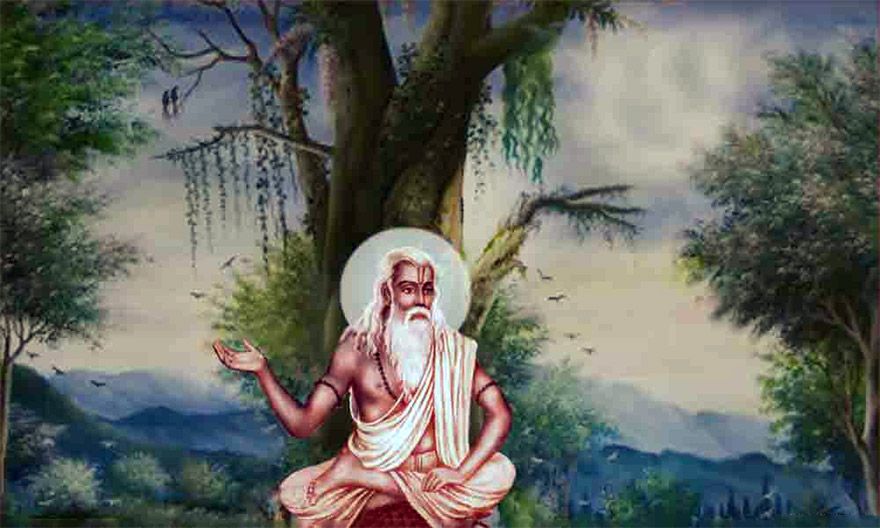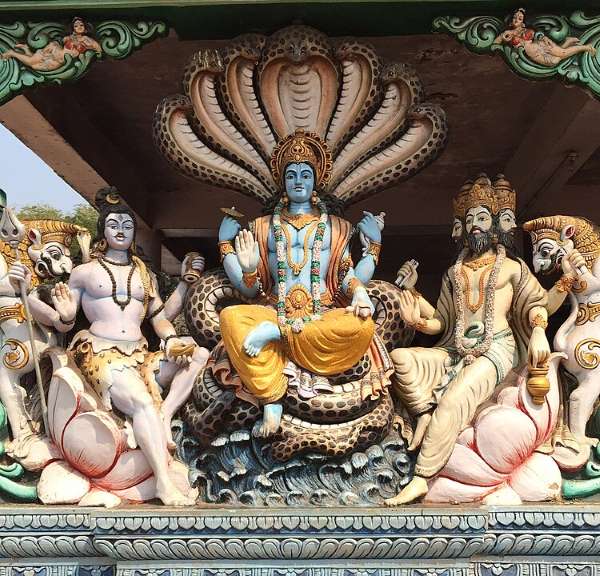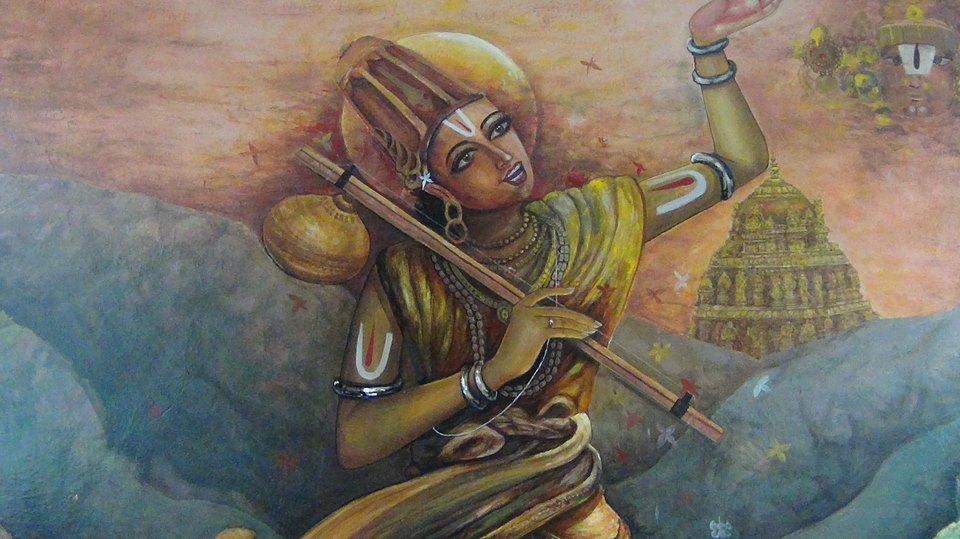Katha Upanishad: Translations and Interpretations The Katha Upanishad is probably the most widely known of all the Upanishads. It has been translated into many languages. English, German, French and other writers have all agreed in pronouncing it as one of the most perfect expressions of the religion and philosophy of the Vedas. There is no Read More
Author:
Kena Upanishad Explained: A Guide to Ancient Wisdom
Kena Upanishad: Meaning, Summary & Complete Text Like the Isavasya, this Upanishad derives its name from the opening word of the text, Kena–ishitam, “by whom directed.” It is also known as the Talavakara Upanishad because of its place as a chapter in the Talavakara–Brahmana of the Sama–Veda. Among the Upanishads it is one of the Read More
Isavasya Upanishad Explained: Key Teachings & Significance
Isavasya Upanishad Analysis: Philosophical Insights Number of Upanishads There are 108 traditional Upanishads. Of these 10 are regarded as principal Upanishads. (1) Isavasya (2) Kena (3) Katha (4) Prashana (5) Mundaka (6) Mandukya (7) Taittiriya (8) Aitereya (9) Chandogya (10) Brhadaranyaka. The Isavasya Upanishad is the only one which occurs in the Samhita portion of Read More
Upanishads: Ancient Vedic Philosophy & Spiritual Wisdom
Principal Upanishads The Upanishads are part of a very long tradition of knowledge, which has been developing over many thousands of years. This tradition is not just a dead relic from the past. It is very much alive today. It is a living tradition that has been passed down in an unbroken line from teacher Read More
Lord Vishnu Temples in India: 21 Sacred Destinations
21 Famous Lord Vishnu temples in India Forming the Trimurti of the universe along with Brahma and Shiva, Vishnu ji has been worshipped ever since the ancient ages. Over time the value of the lord has increased which has been made evident through towering, majestic and opulent temples dedicated to him. Responsible for the protection Read More
Ananthalwar (Ananthacharyulu) – Tirumala’s Beloved Gardener
Ananthacharyulu / Ananthalwar – Gardener of Tirumala Bhagawad Ramanuja (1017-1137A.D) the founder of Vishista Advaitha was once giving a discourse on Saranagathi, Prapathi (seeking refuge) to his disciples. He was explaining different ways of worshipping the God. During his discourse, he mentioned the significance of three holy places namely Sri Rangam, Kanchi and Venkatachalam. These Read More
Life and Legacy of Annamayya (Tallapaka Annamacharya)
Annamayya It is widely believed that Lakkamamba had delivered a baby boy by the Grace of Lord Venkateswara. Lord Venkateswara’s Holy Sword ‘Nandaka’ took human form and came to this world as the son of Narayanasuri and Lakkamamba. They christened their son as Annamayya. The boy whom they got, after their long married life, was Read More
Tallapaka (Village)
Tallapaka village of ‘Pottapinadu’ Around seven hills, there are several holy places. Among them, “Pottapinadu” is very famous. This particular place or area is towards the north-west direction of Venkatachala Hill. People consider the Tallapaka village of ‘Pottapinadu’ as the canvas on which Lord Venkateswara has painted a beautiful painting with His hands. It lures Read More
Sri Kalyana Venkateswara Swamy Brahmotsavams 2025
Sri Kalyana Venkateswara Swamy – Brahmotsavams This year Sri Kalyana Venkateswara Swamy Brahmotsavams will be performed from 17- 02-2025 to 26-02-2025 in Srinivasa Mangapuram. The ancient temple of Sri Kalyana Venkateswara Swamy is located in Srinivasa Mangapuram, about 12 km to the west of Tirupati, A.P. Legend has it that Sri Venkateswara Swamy stayed here Read More
Magha Masam – The Sacrosanct Month
Magha Masam On the occasion of Magha Masam The eleventh month in the Hindu calendar is Magha. It is considered a pious month for taking holy baths in rivers and seas. During Magha Masam, Lord Vishnu is offered prayers with devotion and reverence. It is believed that Maa Parvati Mata had incarnated as Sati during Read More




